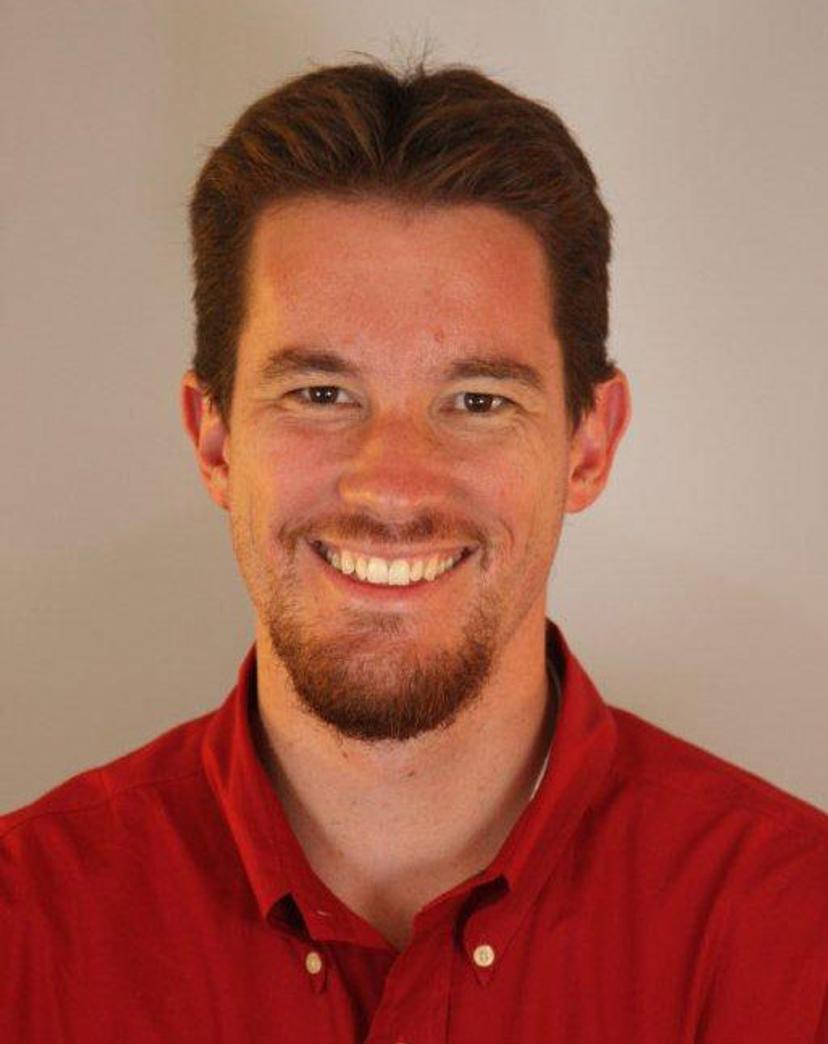The Future of Technology Transfer in the Biopharmaceuticals Industry
SelectScience® spoke to SLAS2016 Special Interest Group Chair, Dr Raymond Price
11 Mar 2016

An update on this year's SLAS Technology Transfer and CRO/CMO Project Management Special Interest Group event
Each year the Society for Laboratory Automation and Screening (SLAS) runs a series of Special Interest Groups (SIGs) that enable scientists to meet with peers face-to-face to discuss a range of important issues. SelectScience® spoke to the co-chair of this year’s Technology Transfer and CRO/CMO Project Management SIG, Dr Raymond Price, to get a flavour of the topics discussed in this group and how they may influence the future of technology transfer in the biopharmaceuticals industry.
Dr Price is a Senior Director of Business Development at DiscoverX, an innovative company that both manufactures biochemical and cell based assays and provides screening services to help accelerate drug discovery and development.

Dr Raymond Price, SLAS Technology Transfer and CRO/CMO Project Management Special Interest Group Co-Chair
This year Dr Price co-chaired the Technology Transfer and CRO/CMO Project Management Special Interest Group with Liming Shi of Eli Lilly. Together, they provide a perspective of both the service and large pharma industries to help collate best practices and understand how companies can successfully manage projects through the use of contract research organizations (CRO) or contract manufacturing organizations (CMO). “The goal of the group is to bring together individuals with disparate roles and functions from services, biopharmaceutical companies, biotechs, virtual companies and universities” Dr Price explained, with many coming from academic technology transfer offices. This is particularly important as both companies and universities look to increase throughput and free up resources to accelerate clinical timelines.
“We actually spent most of the time this year talking about a model called insourcing” Dr Price explained. The insourcing model of project management involves hiring an outside company and scientists to come in and run routine assays on-site – saving money and freeing up the hiring company’s own research scientists’ time to develop innovative assays.
The session involved both a talk from a guest speaker and round table discussion about the benefits and complexities of insourcing. The engaged audience covered important issues such as best practices for intellectual property, agreements between organizations, decisions of what should be outsourced, equipment access and purchasing, assay problems, and access to researchers. Dr Price commented on the success of this format as a “compelling way to explore new models with the chance to hear about other people’s experiences”.
Dr Price noted that the session gave individuals from all backgrounds “a better appreciation for the considerations involved in using the insourcing model”, by highlighting important factors that must be addressed. Dr Price in particular, left this thought-provoking session with questions about how this could be implemented in the service industry.
This may be of particular importance for future research as DiscoverX looks to further focus on immuno-oncology. New products and services, include an extensive portfolio for immunomodulatory receptors, interleukins and cell based assays to detect inflammatory immune response in primary cell or tumor microenvironment models.
For more information and resources on technology transfer in the biopharmaceuticals industry, visit the Technology Transfer and CRO/CMO Project Management SLAS Special Interest Group LinkedIn group.
Visit the the SelectScience SLAS2016 Special Feature for more news from the conference.
Image: jovan vitanovski/Shutterstock
